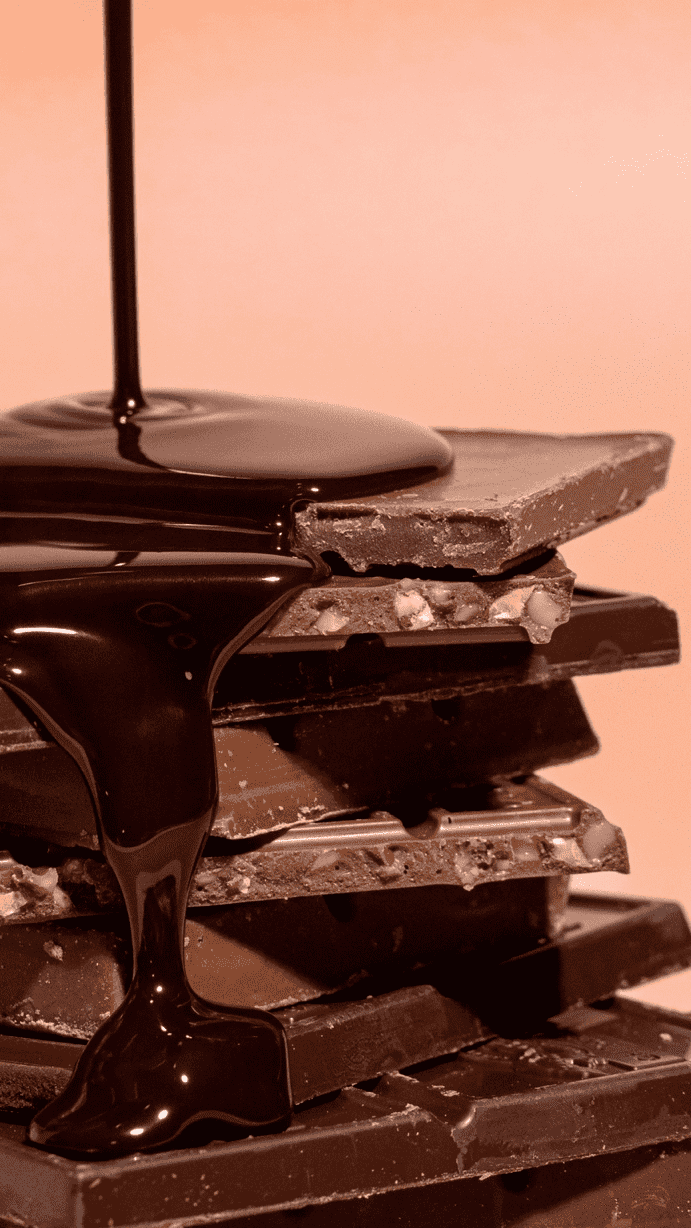A Conversation on Nutrition
Our ancestors seemed to be well aware of the intricate relationship between love, sex and food.The connection between them is based on the fact that both, love and gastronomy, engage multiple senses, from the alluring scents to the visual feast and the tactile experiences, intensifying their interwoven nature.
Researchers suggest that various aphrodisiac food have traditionally been recognised to increase sexual satisfaction. Indeed, the history of aphrodisiac food is rich in myths and legends, where this captivating food often take on the role of protagonist.
Myths, Legends, and Aphrodisiacs.
Let's begin with the name! The term "aphrodisiac" finds its roots in the Greek goddess of love, Aphrodite. In Greek mythology, Aphrodite is credited with planting the first pomegranate tree. The association between pomegranates and fertility stems from their numerous seeds, symbolising abundance. However, there is a factual basis for the perceived magical power of the pomegranate. High in amino acids that enhance stamina and rich in iron, essential for healthy eggs and ovulation, the pomegranate indeed carries beneficial properties. However, the idea of a distinct category of food believed to impact sexual desire and pleasure did not originate in ancient Greece. Instead, it emerged during early modern Christian Europe. The credit for providing such a list of aphrodisiac food goes to Constantine the African (c. 1020-99), a Tunisian Arab scholar. He translated ancient works from Hippocrates into Latin, shedding light on substances thought to stimulate sexual desire and pleasure.
The Aztec Legend of Chocolate.
The exploration of the aphrodisiac effects of food extends beyond the Arab and Latin worlds. According to legend, the ancient Aztec ruler Montezuma reputedly consumed more than 50 cups of chocolate before visiting his harem. This could be the reason why chocolate has been long considered an aphrodisiac and linked with love. In the 1600s, it was deemed so potent that religious leaders prohibited monks and nuns from consuming it. Today, we understand that, apart from being delicious, chocolate also contains the chemical PEA (Phenylethylamine), inducing a sense of euphoria. PEA triggers the release of dopamine, the same chemical released during orgasms. It's worth noting that dark chocolate contains the highest levels of PEA.
In ancient Roman culture, there was a belief that beets and their juice had the power to stimulate passionate emotions. The walls of the Lupanare brothel in Pompeii are adorned with frescoes featuring beets, and in Greek mythology, Aphrodite is said to have consumed beets to increase her charm. These legends have a basis in reality, as beets are in fact rich in boron, a trace mineral known to elevate sex hormone levels in the human body. Additionally, they serve as a natural source of tryptophan and betaine, both substances that contribute to a sense of well-being.
Avocado and Artichoke: Historical Aphrodisiacs.
Avocado and artichoke have a rich historical reputation as aphrodisiacs. The Aztecs attributed the name avocado, ahucatl (which also means testicle), to its capacity to ignite sexual passion. The Aztecs held such strong beliefs in the aphrodisiac properties of ahucatl that they restricted virginal women from leaving their homes during the harvesting of these fruits.
The association between artichokes and their aphrodisiac qualities can be traced back to Catherine de Medici, a fervent advocate of this delectable food. Renowned for her passion for both gastronomy and romance, Catherine introduced artichokes to France upon her marriage to Henry II. She actively promoted the consumption of this vegetable, convinced that it would enhance desire and stamina.
Spices and Sensuality.
Let's not overlook the potency of spices! Both ginger and ginseng have the ability to enhance circulation, with ginger specifically believed to increase libido by stimulating the central nervous system. Additionally, cinnamon, rich in manganese, is recognised for its potential to boost male sexual desire.
Fiery Passion and Luscious Delights.
Embrace the fiery allure of chili peppers! The capsaicin they contain elevates bodily sensations, providing a symphony for your senses!
Luscious fruits such as cherries, pomegranates, figs, and strawberries are brimming with antioxidants and promote increased blood flow, undoubtedly influencing the sexual experience.
Wine, Dopamine, and Libido.
Finally, it is essential to note that moderate wine consumption initially increases dopamine levels. However, excessive alcohol intake can reduce women's sex drive and lower testosterone in men, a key factor in male sexual desire.
I hope this journey through the enchanting history of aphrodisiac foods and the tangible benefits of some delightful ingredients has sparked inspiration for a truly aphrodisiac Valentine's dinner!
As I conclude, know that you are not alone on this path to better health and wellness. Your journey is unique but together we form a community of strength and support.
Let’s thrive together,
Cristina x






